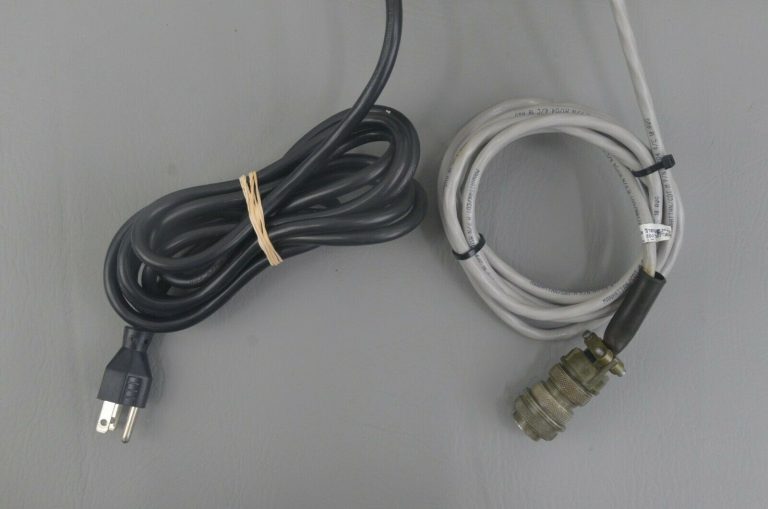
Concentrations of sICAM-1 and soluble tumor necrosis factor receptor were higher in patients with inexcitable nerves than those with demyelinating neurophysiology. Patients with cytomegalovirus infection were younger and more likely than others to have raised serum concentrations of molecules important in T lymphocyte activation and migration, soluble intercellular adhesion molecule-1 (sICAM-1), soluble vascular cell adhesion molecule-1 (sVCAM-1), soluble leukocyte selectin, and soluble interleukin-2 receptor (sIL-2R). jejuni infection were more likely than others to have neurophysiologic criteria of axonal neuropathy or inexcitable nerves, antiganglioside GM 1 antibodies, pure motor GBS, lower CSF protein, and worse outcome.

Results: Recent infection by Campylobacter jejuni was found in 53 patients (23%), cytomegalovirus in 19 (8%), and Epstein–Barr virus in four (2%). Methods: We tested pretreatment sera, 7 ± 3 (mean ± SD) days from onset, from 229 patients with GBS in a multicenter trial of plasma exchange and immunoglobulin, for serological markers of infection, adhesion molecules, and cytokine receptors, and compared these with neurophysiologic and clinical features.


Objective: To test the hypothesis that different preceding infections influence the neurophysiologic classification and clinical features of Guillain–Barré syndrome (GBS).


 0 kommentar(er)
0 kommentar(er)
